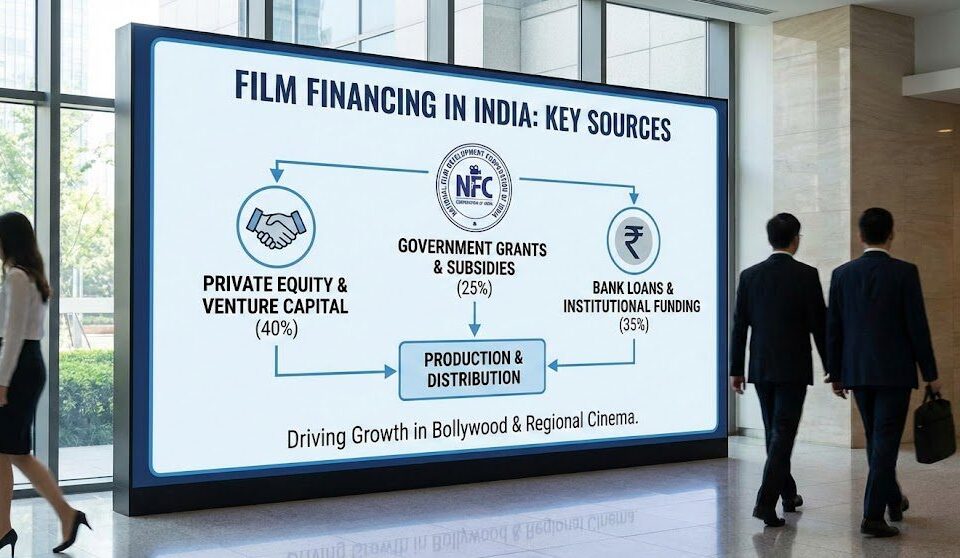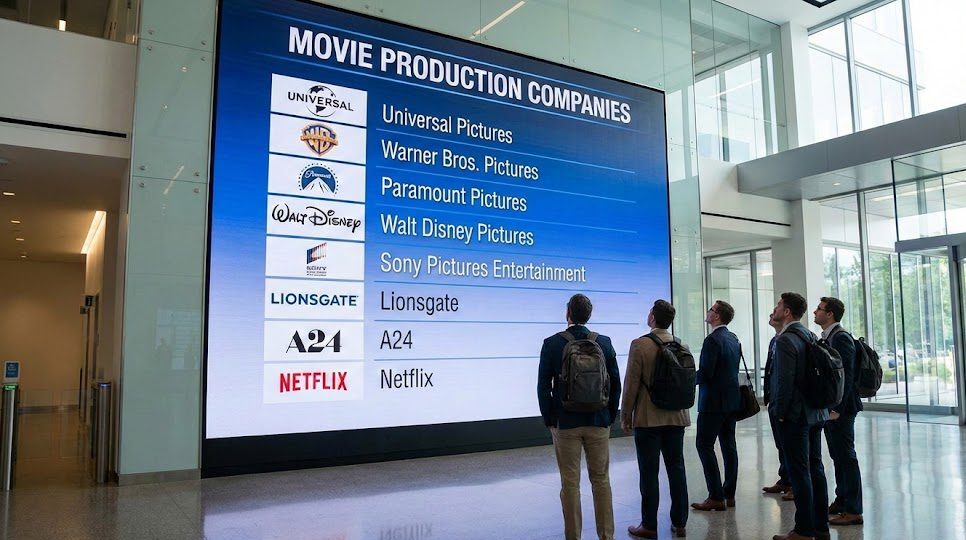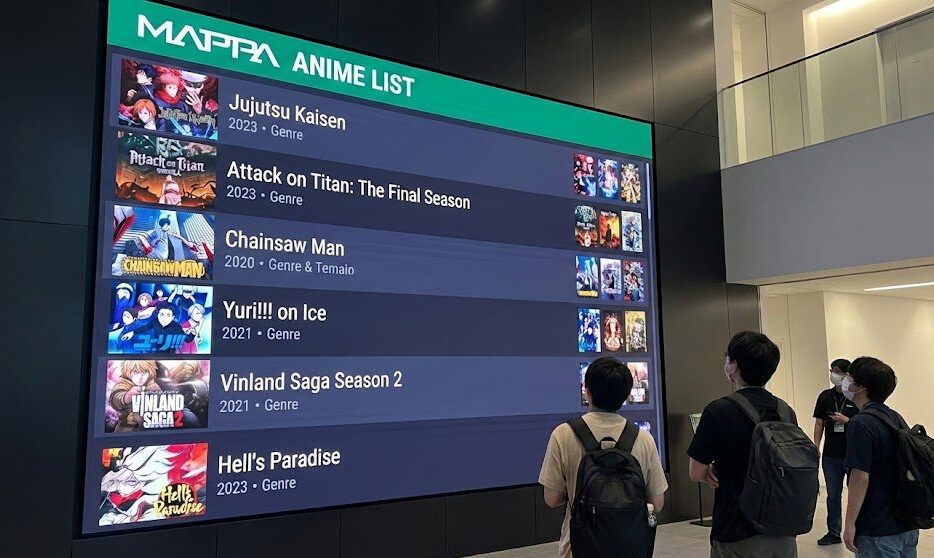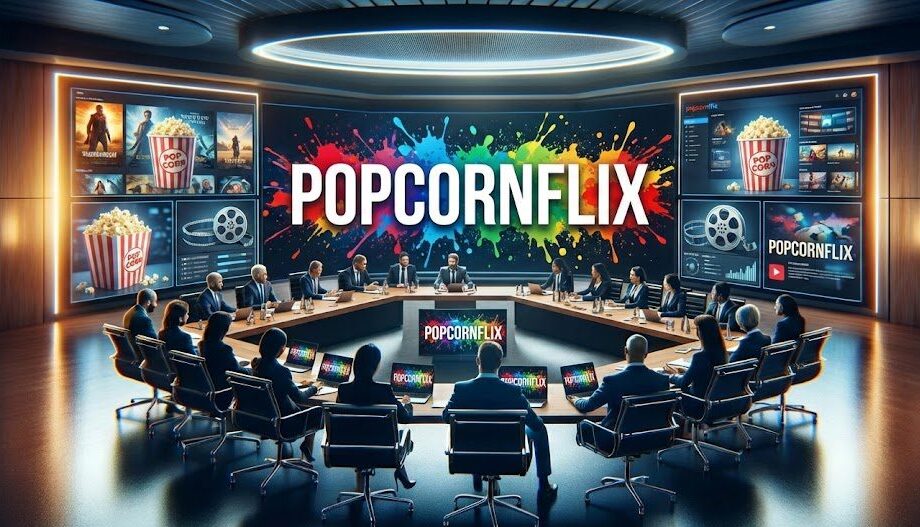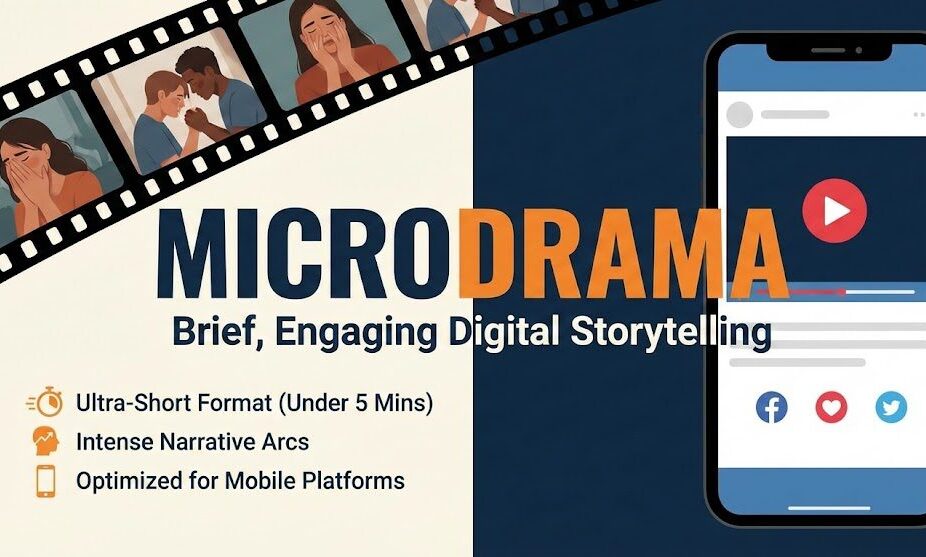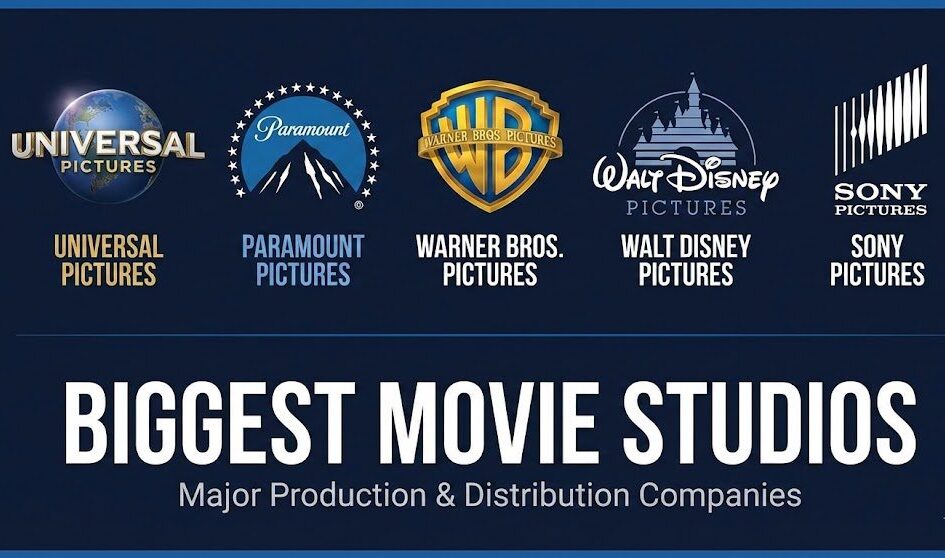Introduction
Subtitling and dubbing are essential tools in the global entertainment industry, bridging cultural and linguistic divides to make content accessible and engaging for diverse audiences. From streaming giants like Netflix to independent creators, effective localization drives viewer engagement and market expansion.
This guide explores the tools, challenges, and trends in subtitling and dubbing, offering actionable strategies for content buyers, localization vendors, and producers. Additionally, we’ll highlight how Vitrina.ai empowers professionals with data-driven insights and seamless connections.
Key Takeaways
| Topic | Key Insight |
| Definition | Subtitling and dubbing are localization processes essential for global content distribution. |
| Challenges | Lip-syncing, cultural adaptation, and cost management are common hurdles. |
| Trends | AI-powered tools and real-time dubbing innovations are reshaping localization. |
| Vitrina.ai’s Role | Connects vendors and buyers, offers trend insights, and simplifies workflows. |
Expand Your Localization Reach!

1. What are Subtitling and Dubbing?
Subtitling involves displaying translated text on-screen while retaining the original audio, whereas dubbing replaces the original audio with a translated voice track. Both play pivotal roles in helping content resonate with global audiences.
2. Why Subtitling and Dubbing Matter
- Enhanced Engagement: Localization increases audience retention by 40% on platforms like Netflix.
- Accessibility: Subtitles support hearing-impaired viewers and multilingual audiences.
- Cultural Relevance: Proper localization ensures content resonates across diverse regions.
Stay Ahead in Localization Trends!

3. Key Tools and Technologies
Popular Tools for Subtitling and Dubbing
| Tool | Feature | Best For |
| SubSync | Subtitle timing accuracy | Streaming platforms |
| AiTranslate | AI-powered lip synchronization | Multilingual dubbing |
| XYZLocal | End-to-end localization | Independent producers |
AI in Localization
- Automates repetitive tasks and reduces costs.
- Enables real-time cultural adjustments, improving accuracy.
- Future Outlook: AI tools like AiTranslate will further integrate tone and emotion in dubbing by 2025.
4. Challenges in Subtitling and Dubbing
Lip Synchronization
Maintaining sync between translated audio and on-screen actor movements is one of the most challenging aspects of dubbing.
Cultural Adaptation
Translating idioms and humor requires an in-depth understanding of both the source and target languages. Missteps can alienate audiences.
Cost Management
Localization projects can be expensive, especially for large-scale productions requiring high-quality dubbing.
Optimize Your Content Strategy!

5. Best Practices for Success
High-Quality Subtitling
- Use readable fonts and adequate on-screen time for text.
- Translate meaning over literal words for better cultural alignment.
Choosing Between Subtitling and Dubbing
- Subtitling is more cost-effective and maintains the original audio.
- Dubbing creates a stronger emotional connection but requires higher budgets.
6. How Vitrina.ai Supports Localization
Connecting Vendors and Buyers
Vitrina.ai simplifies the localization process by connecting studios with vetted service providers.
- Example: A European animation studio used Vitrina.ai to find top dubbing experts, increasing viewer engagement by 30%.
Data-Driven Insights
Access insights into trending languages, genres, and regional preferences.
- Impact: Vendors can align their offerings with buyer demands more effectively.
7. Future Trends
Real-Time Localization
AI tools are enabling live dubbing, reducing turnaround times.
Immersive Content
Augmented and virtual reality media will require innovative localization approaches.
Key-Takeaways
Subtitling and dubbing are integral to the success of global content distribution. By addressing challenges like cultural adaptation and leveraging tools like AiTranslate and platforms like Vitrina.ai, professionals can create accessible and engaging experiences for international audiences.
Frequently Asked Questions
Subtitling displays translated text on the screen while retaining original audio, whereas dubbing replaces the audio track entirely.
Localization ensures that content resonates with diverse audiences, expanding reach and improving engagement.
Popular tools include SubSync for timing, AiTranslate for AI-driven dubbing, and XYZLocal for integrated workflows.
Vitrina.ai connects buyers and vendors, provides insights into market trends, and streamlines the localization process.


























